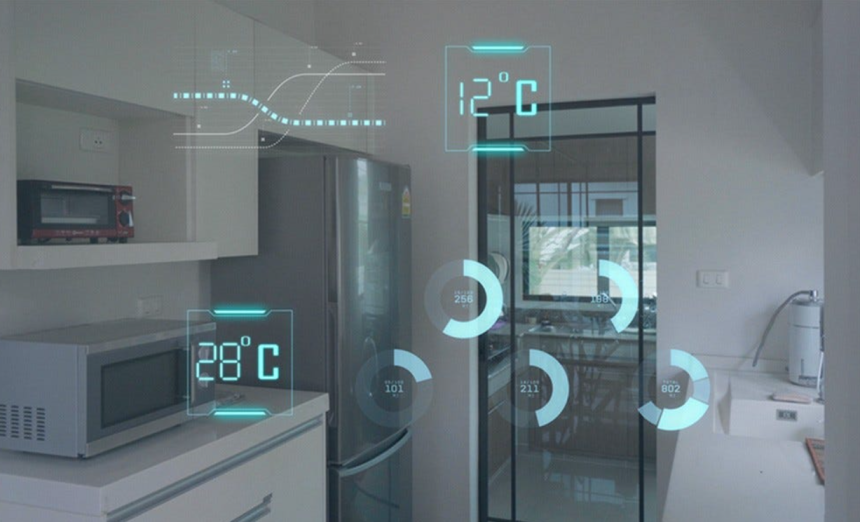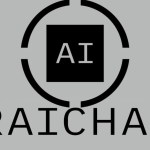Automation is now present everywhere, and homes are no exception. It’s understandable, as everyone wants options that make living easier. But, the home technology scale is broad, with a range of categories. Here, we’ll discuss the popular ones and everything you need to know about their functions.
Why Home Technology Systems are Important
With the growth of automation, manufacturers can integrate smart devices into home appliances. For the most part, the target is to enhance convenience and efficiency. It involves automating various household tasks to make things easier for everyone.
Consider being able to remotely watch and operate devices. If you’re a homeowner, it means you get enhanced control over your living space. For instance, you can adjust your TV stand or switch light settings with one tap on your smartphone. With such, you get optimal comfort regardless of your preferences.
Another major area in which home technology is improving is energy efficiency. For a fact, many people have smart thermostats. While they appear simple, these devices go beyond manual temperature adjustments. They can learn from schedules and habits to ease energy consumption. So, it means heating and cooling are active only when necessary.
It’s impossible to skip security. Most homes have cameras that provide real-time monitoring with motion detection capabilities. If you pair those with smart locks, it means an unprecedented level of security control.
Beyond the above benefits, using tech also means cost savings as a homeowner. By optimizing power consumption, for instance, you save money on energy bills. Likewise, smart monitoring allows you to identify and deal with potential issues before they worsen.
How Home Technology is Actualized
You can hit the store to buy a home automation system. That’s the route most people take, and it’s the simplest. At most, you pay an expert to program the system if it’s a complex one.
But another option to actualize tech at home is carrying out manual installations. Mostly, this will involve using motion devices to optimize the movements of various home items. For example, you can set up a motorized TV lift for convenience and use a linear actuator to handle the motion.
The advantage of linear actuators in home technology is that they’re simple to program and durable. You can expect them to last a long time, but even when you need a replacement actuator, the devices are still not expensive. Despite their simple nature, you get perfect performance.
Common Home Technology Categories
When talking about home automation, the discussion typically includes many components. We’ve previously hinted at some of these systems — like smart thermostats and access control units. But here’s a more comprehensive rundown of the different categories.
Smart Devices
Smart devices are the basis of home automation, so they cover a wide range of products. The most popular are smart thermostats, lighting systems, security cameras, and smart locks. These devices have unique features like sensors, connectivity, and programmable capabilities. As a result, they can communicate and collaborate with other automated setups.
Automation Hubs
With automation hubs, you get centralized control of multiple smart devices. So, in a way, they work like the brain of the home technology system. The systems introduce convenience, as you can manage and monitor all devices from a single interface. Popular examples include smart speakers with built-in voice assistants and dedicated home automation controllers.
Communication Protocols
For optimal home automation, you need standardized communication protocols. Without such protocols, it’ll be challenging for devices to interact. The common ones include Wi-Fi and Bluetooth, but you can consider devices with more exclusive options like Zigbee and Z-Wave. But the exact one you’ll use will depend on compatibility and performance.
Sensors
Sensors are pivotal in home technology, as they help collect data. The data then goes to smart devices to help them operate better according to your preferences. You’ll come across motion, temperature, light, and occupancy sensors. Each one has a vital contribution. If you skip sensors, then you’ll have to deal with manual operation, which removes the automation idea.
Voice-Activated Assistants
The main advantage of AI voice-activated assistants is to simplify interaction with your tech system. You talk as if conversing with a friend, and the assistant activates your instructions. Examples include Amazon’s Alexa, Google Assistant, and Apple’s Siri — you most likely already use one or all of these.
Security and Authentication Systems
As stated earlier, security is paramount to everyone, so it’s an ever-present feature in home tech. By extension, so are authentication systems. The main players here include biometric authentication, PIN codes, and encryption protocols that ensure only authorized users can access your smart devices. Now, you don’t just get security at home but also privacy.
Mobile Apps and User Interfaces
You need a convenient medium to interact with and control your home tech systems. That’s where mobile apps and user interfaces come in. It’s common now to find TVs you can operate using an app as a remote. Another popular option is security cameras that deliver live stream feeds via apps. Ultimately, they make the automation experience friendly.
Home Technology Integration Challenges
No doubt, the promise of a seamlessly connected home is something no one can skip. However, integrating home technology still has several challenges.
One significant issue is the diversity that comes with managing communication protocols among smart devices. Sometimes, you encounter incompatibility situations as different devices use varying standards. If you don’t have the tech know-how, you’ll need to call an expert, which means expenses.
Furthermore, there are privacy and security concerns. It appears ironic, but for large homes, too much interconnection may make some people feel their personal space is invaded. Even if there are separate tech systems for different areas of the house, they need to be integrated for optimal performance.
Conclusion
Technological systems at home will continue to be pivotal for everyday living. With the information in this post, you can recognize the various aspects of the broad topic. Consequently, it becomes easy to identify the key solutions that best suit your home demands.













